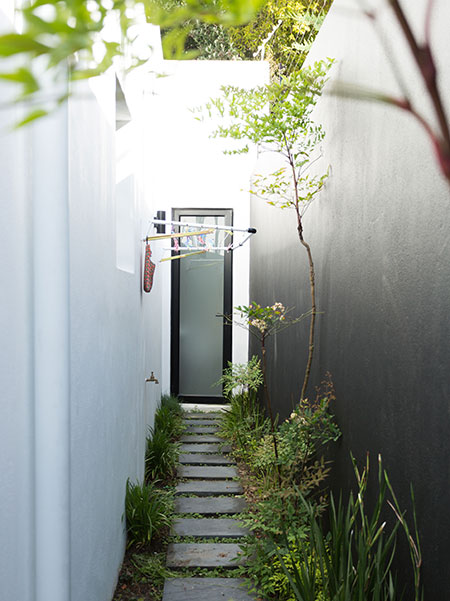Add Zones to your Home for Spatial Balance
Incorporating zoning in our living spaces is an essential tool in achieving a perfect balance between function, form, finesse and flow.
10/10/2020
Kim Williams, Cape Town-based behavioural specialist, and spatial strategist is changing the way that we look on our spaces. She believes that the key to great multi-functional design is a balance between behaviour, emotion and functionality. By using zoning in our living spaces, we can achieve the perfect balance between form, function, flow and finesse.
The homes that we live in are the core for a varied array of functions that includes entertainment, relaxation, exercise, family time and now more than ever, work. with the lockdown forcing us to stay indoors during the global pandemic, many of us have realised the importance of our residential spaces, especially as we see a lasting sociological move from the population spending a majority of their lives in public spaces to living back inside their homes.
What is Zoning?
The main principle behind zoning is that of separating our living spaces according to what they are used for - or their function. Most of us can clearly define the function of a space but we so often underestimate how our general environment affects our emotions and behaviour. We have rediscovered that we need the spaces that surround us to make us feel a certain way and this is also a function of what we need from the homes that we live in and where we spend most of our time when not at work.
Every single one of us has very unique emotional needs we each react to our environment in different ways. There are those of us need more time alone, while others require a sense of togetherness, some of us get a lot of energy exercising, some of us write and some of us are artists. It is these differing emotional components that must be given careful thought in the home because they are important to how we sustain ourselves and grow as human beings.
Below are some of Kim’s top tips on how to apply zoning to your home:
Indoors
• Declutter your space
You need to actively make room for the new, especially when zoning a small space. Take stock of the purpose of each room and clear out those items that do not serve a multiple purpose.
• Consider your layout
We have been conditioned to believe in a very traditionalist idea of a home, however focusing on what we need our space to do and what boundaries wet need to put in place will result in a more balanced and functional layout.
• Subdivide your workspace
The Pavlovian theory has proven that stimuli trigger different parts of our brains. Having multiple environments set out in our living spaces, along with multiple stimuli, helps to keep the mind active and inspired as you work.
• Make shared spaces flexible
The lounge is used as a social space, a relaxation space, and possibly an exercise space. It is also beneficial that items can be moved around easily and can double as storage. Nesting tables, for example, tuck away, ottomans can serve a double purpose as storage and seating, and modular furniture is a great example of multi-functional furniture.
Outdoors
• Be mindful of the seasons
Be able to spend time outdoors gives you a place where you can rejuvenate and revive your self. Keep in mind that when designing your outdoor area or garden, you need to pay attention to seasonality. Take into consideration how natural sunlight flows into different rooms at different times of the year. Being mindful of this will help you to create a space to enjoy all year round.
• Bring plants into your home
For some time now, we have been acutely aware that we need a deeper connection to nature. The resurgence of the trend of bringing plants into our homes allows us to bring nature into our living spaces which bring about a soothing influence over our emotional wellbeing.
https://pinterest.com - 19703317108255999/
• Get creative with how you disguise your necessities
Gardens need to store water, lock away tools and give us space to hang our laundry. These solutions do not have to be aesthetically unpleasing and disguising them with laser cut metal screens can add an element of art to your space.
• Embrace dark colours
Darker colours have the ability to make the perimeter wall around your garden recede, thereby creating an illusion of space. In a home Kim recently did, painting the wall black and adding plants vertically up the wall, draws your eye away from a nearby narrow path where the discrete space for a retractable line is.
Kim Williams has the ability to look at design from both a psychological and social perspective and this guides all that she does in her client’s spaces. The method of zoning is mindful of behaviour, emotion and function and allows her to create spaces that are both perfectly timeless and tailored to the needs of her clients. By skillfully using zoning, we can all expand the satisfaction we get from our spaces, without having to expand our footprint.








